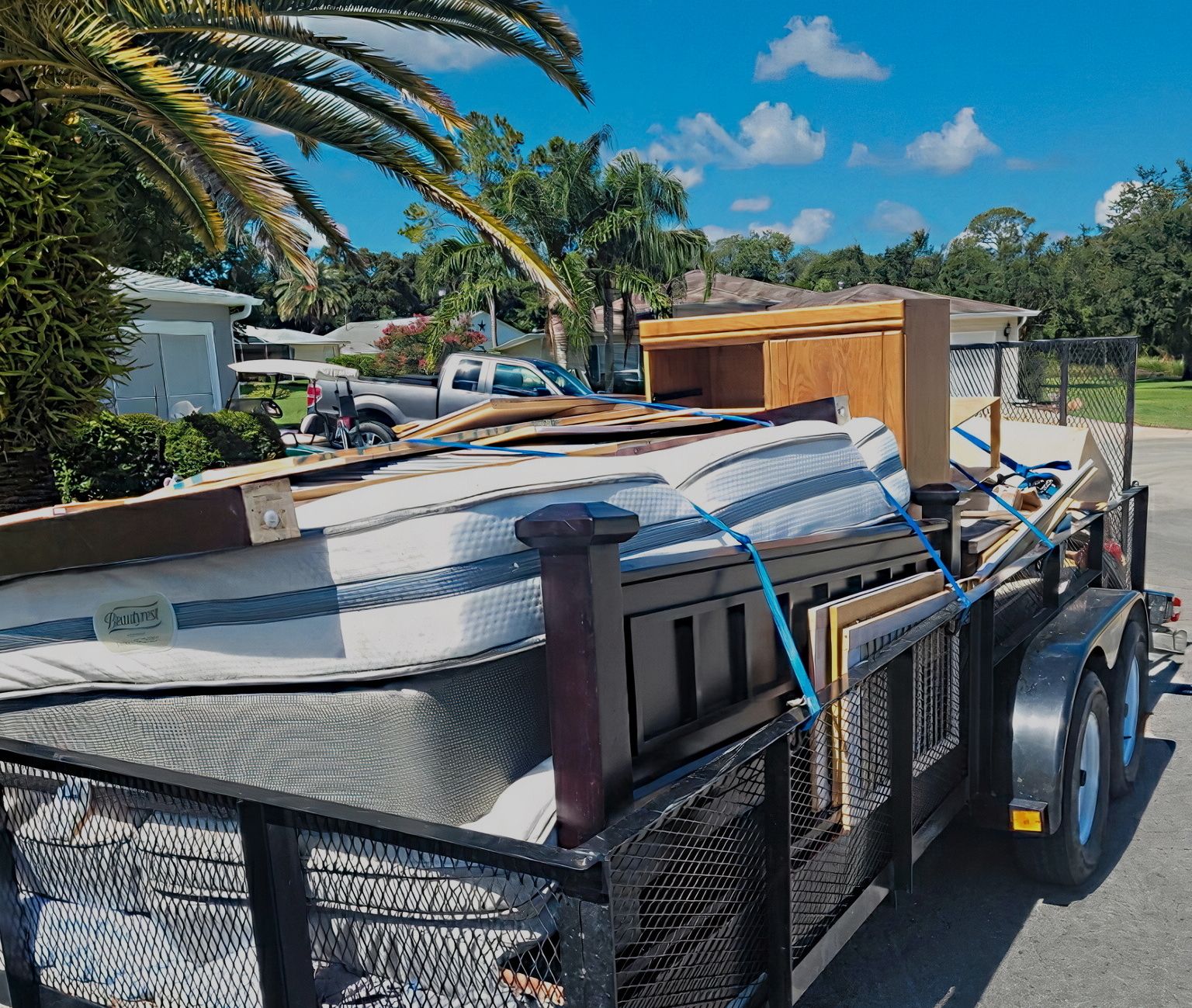Junk Removal Atlanta: Rapid and Budget-friendly Clean-Up Solutions
Junk Removal Atlanta: Rapid and Budget-friendly Clean-Up Solutions
Blog Article
Professional Waste Monitoring Methods Tailored for Industrial Settings
Tailoring waste administration strategies to fit the special requirements of industrial setups is not just beneficial but essential for maintaining operational performance and environmental sustainability. The quest for better waste management in industrial settings entails a careful technique that stabilizes regulative conformity, cost-effectiveness, and eco-friendly duty.
Importance of Tailored Waste Management
Tailored waste administration methods are crucial in industrial settings to optimize resource use and minimize environmental effect. Industrial procedures create a considerable quantity of waste, ranging from solid by-products to chemical contaminants, positioning a risk to the setting otherwise managed properly (Atlanta waste disposal). By personalizing waste monitoring strategies to fit the details needs and challenges of each commercial center, business can not only follow regulations yet also improve functional effectiveness and sustainability
One key facet of customized waste administration is conducting a detailed waste assessment to recognize the kinds and volumes of waste created. This evaluation allows firms to execute targeted remedies such as reusing programs, waste segregation methods, and waste-to-energy efforts. By understanding the structure of their waste streams, industrial centers can establish cost-effective approaches to minimize waste generation at the source, leading to long-lasting environmental benefits.

Sorts Of Hazardous Waste
What are the different categories of industrial waste generally produced in manufacturing procedures? Hazardous waste can be classified right into numerous major classifications based on its make-up and qualities. Dangerous waste is one of the most critical types, including chemicals, solvents, heavy metals, and various other materials that posture a danger to human wellness or the atmosphere. This category often calls for special handling and disposal techniques to stop contamination and guarantee safety and security.
Another typical kind of hazardous waste is non-hazardous waste, which incorporates materials like paper, plastics, and product packaging waste. While non-hazardous waste might not present prompt risks, appropriate administration is still important to reduce landfill use and advertise recycling and sustainability practices.

Hazardous Waste Handling Procedures
Efficient monitoring of hazardous waste in industrial setups demands rigorous adherence to developed managing treatments to alleviate threats and make certain ecological safety. Harmful waste handling treatments entail several key steps to reduce the potential effect on human health and wellness and the environment.
Secondly, as soon as determined, hazardous waste must be meticulously segregated from non-hazardous waste to stop contamination and make sure appropriate therapy. Storage of contaminated materials ought to follow policies concerning containment, labeling, and compatibility to stop leaks, spills, or other incidents that can jeopardize employees or the setting.
Furthermore, handling procedures should consist of making use of individual safety tools, worker training, and emergency reaction procedures. Regular evaluations, tracking, and documentation of hazardous waste handling activities are important to preserving conformity and have a peek at this website identifying areas for improvement. By following these structured procedures carefully, commercial facilities can efficiently handle harmful waste and maintain their dedication to environmental stewardship.
Implementing Efficient Reusing Practices

To carry out efficient reusing practices, commercial centers should initially carry out a waste audit to recognize the kinds and amounts of recyclable products created in their procedures. Based on this audit, business can after that develop assigned reusing terminals, give proper training to staff members on appropriate sorting strategies, and team up with trusted reusing companions for the collection and processing of materials. In addition, setting specific recycling goals, tracking development, and on a regular basis connecting with staff about the significance of reusing are important steps to make sure the success and sustainability of reusing campaigns in industrial setups.
Surveillance and Continual Renovation
To ensure the performance and sustainability of waste management strategies in commercial setups, the application of robust surveillance and constant renovation processes is vital. Surveillance entails tracking crucial efficiency indicators (KPIs) such as waste generation prices, reusing percentages, and disposal expenses. Regularly evaluating these metrics allows services to identify areas for improvement and determine the success of carried out waste administration efforts.
Continual renovation is necessary for improving procedures gradually. It includes evaluating keeping track of information, recognizing inadequacies, and applying modifications to optimize waste management techniques even more. This iterative strategy promotes a culture of recurring enhancement and technology within the company.
Making use of innovation like waste monitoring software application and IoT sensors can streamline monitoring initiatives, supplying real-time data for notified decision-making. Employee training and engagement additionally play a crucial function in guaranteeing the success of monitoring and continuous improvement efforts, as frontline staff are usually key gamers in waste administration processes.
Conclusion
To conclude, tailored waste monitoring methods are important for commercial settings to efficiently manage different haul away service sorts of waste, including hazardous products. By applying reliable reusing techniques and continuously tracking and boosting waste administration processes, industries can minimize their environmental impact and guarantee conformity with regulations. It is crucial for companies to prioritize waste management to shield the environment and promote sustainability in their operations.
Report this page